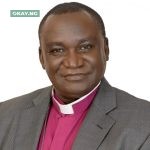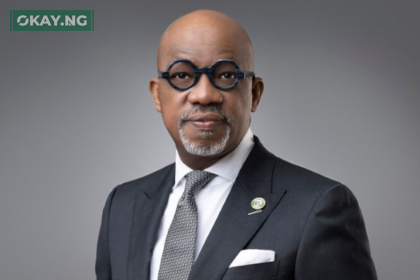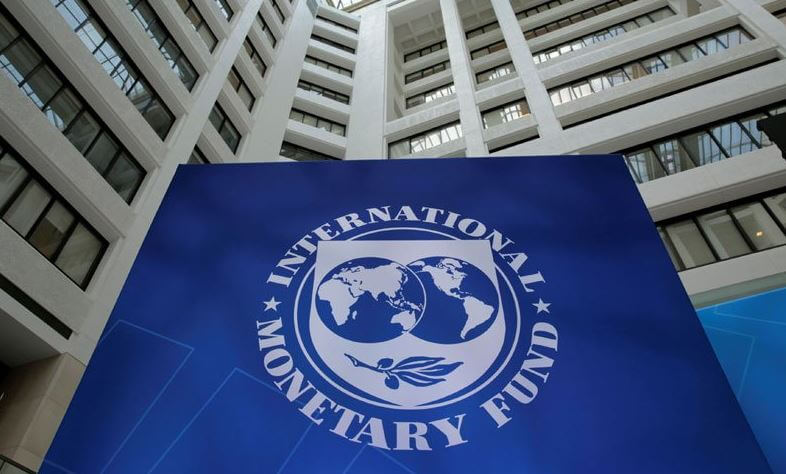ANDY MURRAY
The tennis star becomes first player from Great Britain to rank No. 1 in history.

Andy Murray is the first player from Great Britain to reach No. 1 in the history of the Emirates ATP Rankings (since 1973). © Getty Images/Forumspotz
Andy Murray stands on top of the mountain, the 26th player to rise to No. 1 in the Emirates ATP Rankings – and the oldest first-time No. 1 since 30-year-old John Newcombe in June 1974.
More than seven years after he first ranked No. 2 on 17 August 2009, Murray’s seven stints in second position have totalled 76 weeks. But today, in reaching the BNP Paribas Masters final in Paris, the 29 year old has fulfilled a richly deserved lifetime goal.
Reaching the summit, in his 12th season as a pro, is a reward for Murray’s dedication, perseverance and improvements – both mentally and technically – in a golden era for men’s professional tennis, led by the dominance of Roger Federer , Rafael Nadal and Novak Djokovic over the past 13 years.
Now every member of the ‘Big Four’ – Federer (302 weeks), Djokovic (223 weeks), Nadal (141 weeks) and Murray – has attained the top spot in the Emirates ATP Rankings. Murray’s march to No. 1 over the past 12 months has encompassed a 76-11 match record and seven titles from 11 finals.
The Lendl Factor, first forged in 2012, has been an important part of Murray’s transformation to consistently challenge his rivals. The setting up of regular training blocks, with up to six players of specialised skills, aided technical improvements – most notably his second serve and forehand, and also moved him away from a passive to aggressive game. Murray’s on-court behaviour also improved, and, in wearing his heart on his sleeve, the British public began to warm, empathise and learn more about the sacrifices he has made to be a world-beater.
As a player, former World No. 1 Ivan Lendl was always looking for an edge, whether from nutrition, fitness or psychological strength, and when he joined Murray’s team on 31 December 2011, he did everything he could to give Murray an advantage. In their 26 months together, Murray went 113-28, with seven titles – including the 2012 Olympic Games gold, US Open and 2013 Wimbledon crowns – from 12 finals.
But by the time they reunited at the
Aegon Championships on 12 June this year, the seeds were sown to end Djokovic’s domination and make an assault on No. 1. As Lendl commented, “Until you win, you never know if you have it in you. We know now, he does have it in him. So the question is: can he do it again? That is an easier question to answer, than can he do it at all. There’s quite a bit of difference.”
With the support of former pro Jamie Delgado , a long-time friend and tactical thinker, who has a great attention to detail, Murray gained a confidant and travelling coach. Lendl, who himself spent 270 weeks at No. 1, garnered immediate respect, and once again provided a wealth of experience. Together again, Murray has gone 47-3, including six titles – a second Wimbledon and Olympic gold – from seven finals.
Make no mistake, Murray’s game face: the passionate, fist-pumping on-court persona, contrasts greatly to the polite, courteous and in-demand sportsman. Today’s achievement, coupled with brother, Jamie Murray , attaining No. 1 in the Emirates ATP Doubles Rankings on 4 April this year, will assure both of their place in tennis history.









